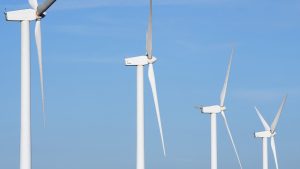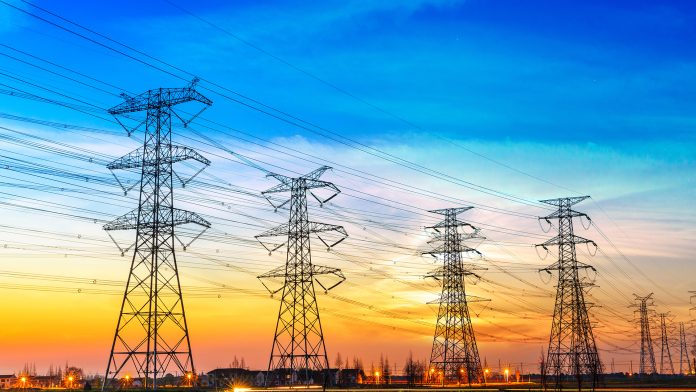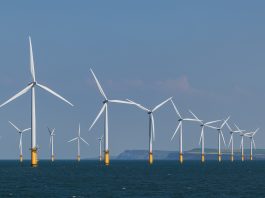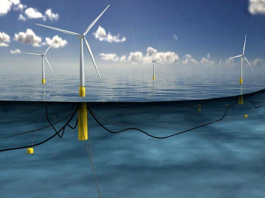New technology developed by the University of Birmingham is set to overcome forced oscillations and grid frequency events, which can cause disruption over entire power grids.
As the transition to renewable energy takes shape, global installations of wind farms have rapidly increased.
However, two technological issues remain – power system frequency control and forced oscillations. These issues can cause widespread disruption over entire power grids.
Professor Xiao-Ping Zhang, Chair in Electrical Power Systems at Birmingham’s Department of Electronic, Electrical and Systems Engineering, has developed new technologies to overcome these challenges.
What are grid frequency events caused by?
Grid frequency events are caused by shifts in supply and demand.
When demand exceeds supply, the frequency drops to a frequency nadir. Before recovering to a settled grid state, the frequency has a second dip.
The power grid’s settling process can be protracted, resulting in a loss of efficiency and revenue for the operator.
New method to settle power grids
The new method quickens grid recovery, eliminating the risk of a frequency second dip and minimising the loss of wind power capture.
The technology was developed for use in variable-speed wind turbine systems. These systems have emerged as the dominant type of wind turbine system.
The systems operate at maximum power point tracking mode to extract the greatest amount of energy. They do not regulate their active power to support power grids when its frequency deviates from its usual value.
Easily integrated into existing wind turbine systems
The new method is comprised of a control system. This has been simulated in six scenarios with different wind speeds and wind power penetration levels.
The simulations revealed that the system arrests the primary frequency dip, raises the frequency to a high level close to the settling frequency within 20 seconds, and eliminates the risk of the secondary frequency dip.
The system can be easily integrated into existing wind turbine control systems. It also has a non-communication-based central design, which means that links with other turbines and the grid are not required for it to function.

Problems with forced oscillations in power grids
The second technology addresses the issue of forced oscillations, which occur when external disturbances produce oscillations that are close to or equal to the natural oscillations in a power system.
In wind farms, forced oscillations can be triggered by wind shear, wind turbulence, and upstream turbine wakes. They can reduce output and damage equipment.
If these are left unchecked, they can spread to power grids, having widespread catastrophic consequences.
In power grids, forced oscillations are caused by malfunctioning equipment and can result in large oscillations thousands of miles away from the source.
Suppressing and isolating forced oscillations
Professor Zhang has devised a control system that can be implemented in wind turbine systems that can suppress and isolate forced oscillations originating from power grids.
The system releases and absorbs power opposite to the oscillating power. Simulations with constant or varying wind speeds and different wind farm locations have verified this.
The simulations showed that the system suppresses forced oscillations and helps dampen intrinsic natural oscillations.
Professor Zhang said: “With increasing high penetration of renewable energy generation moving towards 100%, exploitation of future control potential from wind turbines becomes inevitable.
“These two technologies make the most of this potential, benefiting both the grid and wind farm operators and ultimately energy users who need an uninterrupted energy supply and hence bringing significant added value to wind turbines and power grids.”









